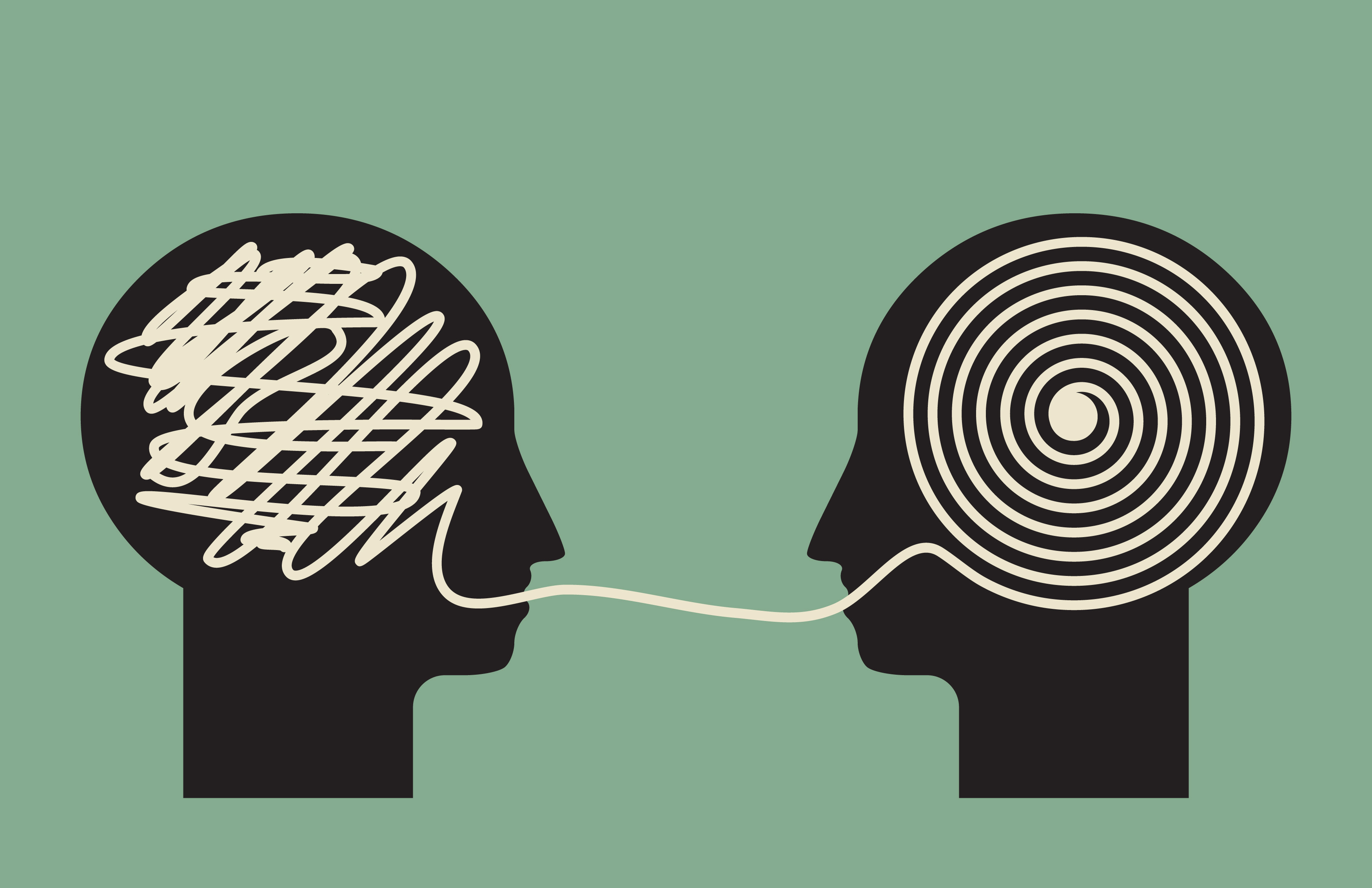Translation

Flusser himself treated translation as a form of creativity, a means of generating new thoughts from others he had already written down. He wrote in four languages, consciously choosing one as the most appropriate to the thought he was setting out to express. Then he would translate them into another language, then sometimes back again–to “exhaust” the thought. The model of creativity he outlined elsewhere (Into the Universe of Technical Images) states fairly categorically that the only way human beings can produce anything new is through dialogue–a genuine exchange between at least two memories. Two aspects or areas of a one memory does qualify–in fact accounts for the “solitary genius” model of creativity. And this would seem to account for his understanding of his own translation process as creative, for two aspects of his own memory are in dialogue with one another. He went on to propose that the only “true” translation is one done by the author of the “original” text (“The Gesture of Writing,”).
It’s at least ironic that the rest of us invariably use the term “translation” to designate exactly those versions of his texts that are not his. In doing this, we refer to a value system based on “accuracy” or “adequacy” to a specific text. Flusser’s ambition in translating his own texts, however, appears to have been completely different, namely expansion, revelation, or clarification, that is, the addition of some new information to the original.


